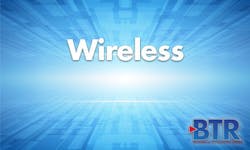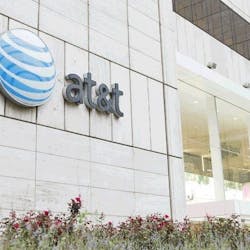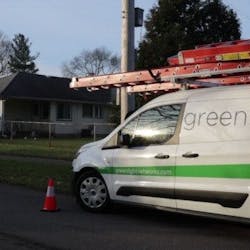The FCC has adopted rules to make 1,200 MHz of spectrum in the 6 GHz band (5.925 - 7.125 GHz) available for unlicensed use. The new rules are intended to support WiFi 6 and the growth of the Internet of Things (IoT). WiFi 6 is expected to be more than 2.5 times faster than the current standard. Opening the 6 GHz band for unlicensed use is also intended to increase the amount of spectrum available for WiFi by nearly a factor of five and help improve rural connectivity.
The 6 GHz band is currently populated by, among others, microwave services that are used to support utilities, public safety, and wireless backhaul. Unlicensed devices will share this spectrum with incumbent licensed services under rules crafted to protect those licensed services and enable both unlicensed and licensed operations to thrive throughout the band.
The Report and Order authorizes indoor low-power operations over the full 1,200 MHz and standard-power devices in 850 MHz in the 6 GHz band. An automated frequency coordination system is intended to prevent standard power access points from operating where they could cause interference to incumbent services.
The Further Notice of Proposed Rulemaking seeks comment on a proposal to permit very low-power devices to operate across the 6 GHz band to support high data-rate applications including high-performance, wearable, augmented reality (AR) and virtual reality devices (VR). The notice also seeks comment on increasing the power at which low-power indoor access points may operate.
Industry response to the Report and Order has been positive, with the NCTA, CableLabs, the Consumer Technology Association and the Dynamic Spectrum Alliance, among others, all applauding the decision.
In a statement, NCTA President & CEO Michael Powell said: "The Commission's unanimous, bipartisan vote on 6 GHz will go a long way toward advancing the next generation of superfast WiFi connectivity while also protecting TV production operations critical to providing American consumers with high-quality programming. Traffic forecasts show that the need for additional unlicensed spectrum is urgent, and now more than ever we're working, learning, accessing health and financial services, staying entertained and informed, and remaining connected through our WiFi networks. We thank the Commission for their tireless efforts to ensure that sufficient unlicensed spectrum is available to support growing demand for next-generation, high-speed WiFi connectivity that will serve consumers for years to come."
In a blog post, CableLabs Vice President of Technology Policy Rob Alderfer wrote, in part: "CableLabs applauds the FCC's leadership in taking this step. Opening the 6 GHz band will unleash unparalleled innovation with the deployment of WiFi 6E and future generations such as WiFi 7, and will also help to bring multi-gigabit connectivity and continued expansion of broadband performance for Americans in communities of all sizes."
In a statement, the CTA said, in part: "Today's vote lays the groundwork for tech companies to offer next-generation connectivity at a time when we need it most. Our world has changed dramatically in the last few months-think of how different life would be if we didn't have access to WiFi technology. Opening the 6 GHz band means more spectrum available to power the WiFi devices we rely on for working, socializing and even getting medical treatment remotely."
"The FCC's decision to enable multiple categories of unlicensed 6 GHz equipment - initially low power indoor access points (APs), standard power APs, and several client device types - will benefit consumers through innovative services and provide manufacturers the flexibility to design their products in the most cost effective manner," said Martha Suarez, president of the Dynamic Spectrum Alliance. "The impact of accessing spectrum in the 6 GHz band will enable more critical industries to access the quality of connectivity they need. In addition, it will help network service providers to deliver the quality of service that end-users expect in real-time and extend connectivity to rural areas."
In other FCC news, the Commission has adopted a Notice of Proposed Rulemaking seeking comment on establishing a 5G Fund for Rural America. The Notice proposes to distribute up to $9 billion through the Universal Service Fund across rural America for 5G wireless broadband connectivity.





